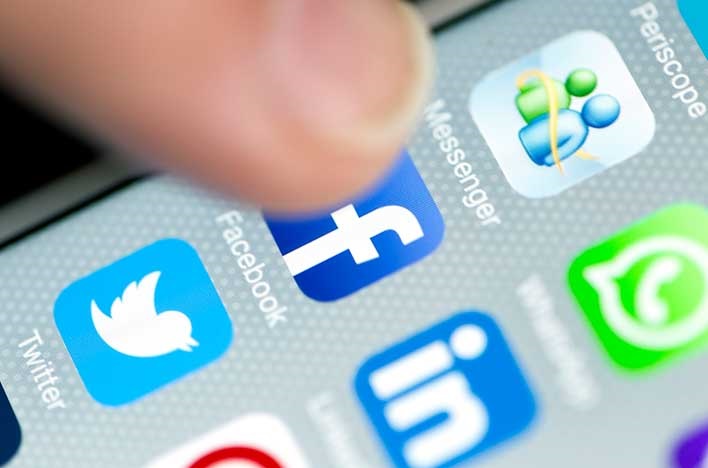These four habits will help you build trust with your clients.
Are you paying enough attention to customers on social media? We’re not talking about broadcasting your news and making sure everyone is aware of your specials. We’re talking about actually paying attention to the people who keep the lights on in your business.
If you don’t know what’s going on with them, it’s quite possible your competitor does, which could mean a not-so-good scenario for you.
If you use social media to “listen” to your customers, you will eventually become more like a trusted partner instead of just a vendor, which is the ideal scenario for repeat business.
So what can you do if you’ve only been broadcasting? You can start by using social media to listen. Here’s how:
Develop a Habit of Curiosity
What do you think keeps your highest- profit-producing client up at night? If you suddenly had to take over that person’s business or that person’s life tomorrow, what would be your priorities?
Most of us never think through our customers’ lives to that extent, so we miss the boat and try to sell them things they don’t need. Then we try to “engage” them on social media to get them to “like” our page. What does liking our page do for them? Nothing. Unless, of course, we have somehow become part of their world and this person sees us as a trusted friend, not a sales pitch.
Homework: Use social networks the same way you use Google search to do research on your customers. The more you understand about the people and companies you do business with, the easier it will be to create quality things (that is, content that’s useful or entertaining for your best customers) to post on your networks.
Validate Often
How many times have you read something good in your feed and then scrolled on by? The easiest way to let your customers know you are paying attention to them is by using the “like” button to validate things they post online.
You don’t have to like everything they post, and you don’t need to be in their face all the time liking everything they do. Every now and again, however, it is important to validate them so they know you still have their backs.
Homework: Go to one of your customer’s social networks and see if you can find a post to “like.” It should be something your best customers would also like.
Sharing Is Caring
Sharers sell your products and services without you asking, but if you don’t post things your customers can relate to, no one is going to share anything. And if you never share or retweet anything from your customer’s social networks, why should they share something from yours?
Social media is just that … social. The back and forth of sharing and tagging each other is the foundation for building relationships online. Broadcasting and spamming may seem like it gets you in a bunch of newsfeeds, but happy customers who willingly share your posts everywhere are your real assets.
Homework: Go to one of your customer’s social networks and see if you can find something to share or retweet. This should be something your other customers would also appreciate.
Create a Weekly System
Many companies think social media is all about marketing and advertising, but social networks are actually online networking events that go on 24 hours a day. There’s no way you can talk to people all day, every day, so you need a weekly system to help you match your online behavior with your offline behavior. It starts with your own calendar.
Blocking time on your calendar each week to “attend” online networking events is the same as blocking time on your calendar to attend a chamber luncheon or other business networking events. When you spend time on LinkedIn, you are essentially at a networking event where your customers may also be present.When you log in to Facebook, you are sort of at a pool party for business. Your goal is to say hello to the people you know and trust, and maybe a few others you’d like to get to know. Offline this works by walking up to your customer at an event and saying, “Hey! Great to see you!” Online, all it takes is a “like.”
Homework: Block an hour of time (same amount of time you might block off for an offline business event) and attend an online networking event. This means you will scroll through your newsfeeds and look for things to “like.” The things you choose to “like” will be things you believe would be useful or entertaining for the majority of your customers. You can also retweet something. Make a comment somewhere. Show that you care with an emoji. Just do something that says you noticed, without trying to sell anything.
Remember, social media is about being social, and supporting your customers is one of the best ways to get started.


